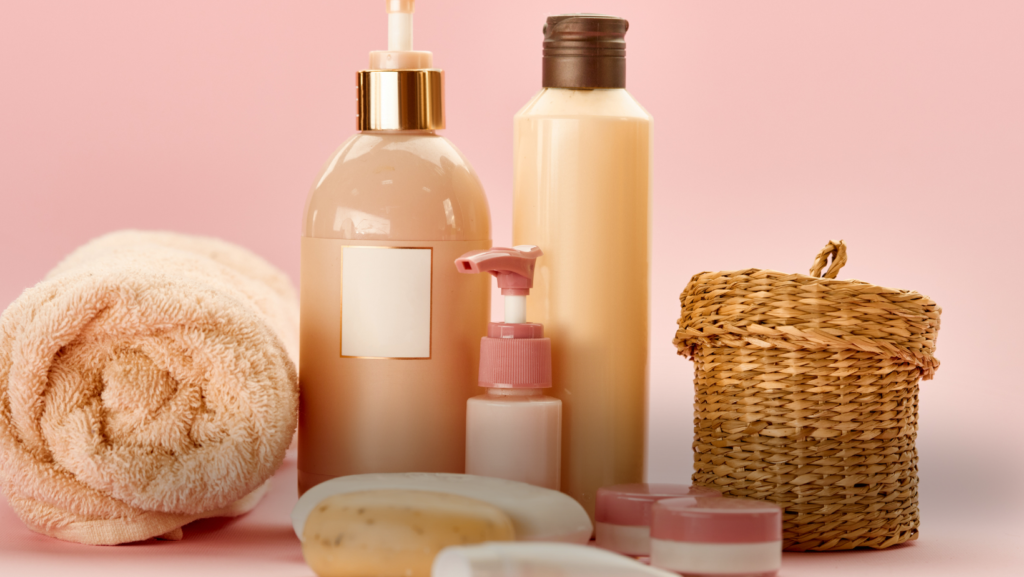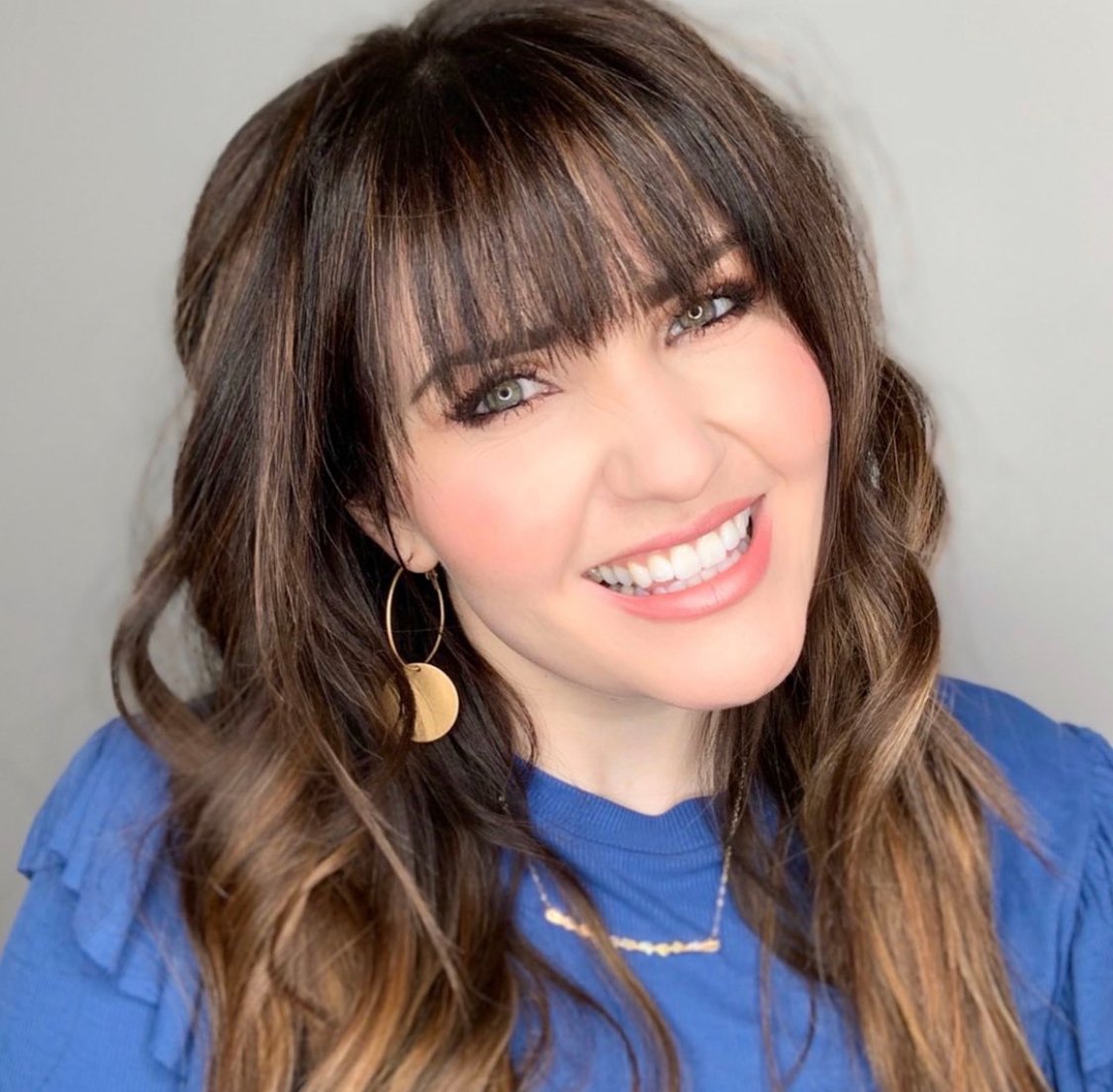Have you ever thought about how to produce skin care products at home? I did too! I struggled to find the right products, so I started making my own. At first, it was just for fun, but soon, I wanted to learn how to start a skincare line. Now, I’m here to share what I’ve learned. Whether you want to try DIY skin care or build a brand, this guide will help.
Understanding the Basics of Skincare Formulation
Before making skincare products, it’s important to understand the basics. Knowing how ingredients work and which ones suit different skin types makes a big difference. Let’s break it down in a simple way!
Why Skincare Knowledge Matters
Think of skincare like cooking. You wouldn’t bake a cake without knowing the ingredients, right? The same goes for skincare! Learning about ingredients, skin types, and product formulation helps you create safe and effective products.
Common Skincare Ingredients: Natural vs. Synthetic
Skincare ingredients come in two types: natural and synthetic.
- Natural Ingredients: These come from plants, fruits, and oils. Examples include aloe vera, coconut oil, and shea butter. They’re gentle and great for sensitive skin.
- Synthetic Ingredients: Lab-made ingredients like hyaluronic acid and retinol offer strong results. They can target specific skin concerns like wrinkles and acne.
Both types have their benefits. Some people love all-natural products, while others prefer scientifically advanced formulas. The key is choosing what works best for your skin!
How Skin Types Affect Formulation
Not all skin is the same! Some people have dry skin, while others struggle with oily or sensitive skin. Here’s a quick guide:
- Dry Skin: Needs hydrating ingredients like hyaluronic acid and glycerin.
- Oily Skin: Works best with lightweight, non-greasy formulas like niacinamide.
- Sensitive Skin: Requires gentle, soothing ingredients like chamomile and aloe vera.
- Combination Skin: A mix of dry and oily areas—balancing ingredients help the most.
Understanding your skin type helps in choosing the right ingredients and creating better products!

How to Start a Skincare Line
Dreaming of starting your own skincare brand? It’s exciting, but there’s a lot to consider. Let’s go step by step!
Finding Your Niche and Target Audience
Skincare is a huge industry, so it’s important to stand out. Ask yourself:
- Who will use my products?
- What skin concerns will I focus on (acne, anti-aging, hydration)?
- Will my products be organic, luxury, or budget-friendly?
A clear niche helps you attract the right customers.
Researching Competitors and Market Trends
Before launching, check out other brands. What makes them successful? What’s missing in the market? Read customer reviews to see what people love and what they wish brands did differently. Staying updated on trends (like clean beauty or sustainable packaging) can give you an edge.
Handmade vs. Mass Production
Do you want to make products at home or work with a manufacturer?
- Handmade: Great for small businesses. You control ingredients and quality.
- Mass Production: Best for scaling up. Manufacturers help with large orders.
Both options work! It depends on your budget, goals, and how fast you want to grow.
Legal Requirements and FDA Rules
In the USA, skincare products must follow FDA guidelines. Here are the basics:
- Label ingredients clearly.
- Avoid false claims (like “cures acne overnight”).
- Follow safety and hygiene standards.
If you plan to sell internationally, research global regulations too. Legal compliance protects both you and your customers.
Starting a skincare line takes effort, but with the right knowledge, you can create amazing products that people love!
DIY Skin Care: Creating Your Own Products at Home
If you’ve ever wondered how to make your own skincare products, you’re in the right place. Making skincare at home is a fun, rewarding experience, and it gives you complete control over what goes into your products. Let’s walk through the basics of what you’ll need and how you can get started.
Essential Tools and Ingredients for DIY Skincare
To start, you’ll need some basic tools. Here’s what I recommend:
- A mixing bowl
- Measuring spoons or cups
- A double boiler (for melting oils)
- Small jars or containers for your finished products
- A whisk or spatula to mix everything
As for ingredients, keep it simple. Start with:
- Coconut oil
- Aloe vera gel
- Essential oils like lavender or tea tree
- Shea butter
- Beeswax (for thicker creams or balms)
These ingredients are easy to find, and they’re gentle on your skin, too!
Step-by-Step Guide to Making Basic Products
- Face Cleanser
Start with a gentle face cleanser. Mix a tablespoon of honey with a bit of warm water. Honey is great for hydrating and cleansing. Just rub it in, rinse, and feel your skin glow! - Moisturizer
To make a simple moisturizer, mix coconut oil with a few drops of your favorite essential oil. Gently massage into your skin. It’s that easy, and your skin will feel soft and nourished. - Serum
Serums are great for targeting specific skin needs. Combine a few drops of jojoba oil with a bit of rose water. This will help balance your skin and keep it hydrated. - Body Scrub
Making a scrub is super simple! Mix sugar with coconut oil and a few drops of your favorite essential oil. Gently scrub your body to exfoliate and refresh your skin.
Safety Precautions and Shelf Life of Homemade Products
While homemade skincare is great, it’s important to keep safety in mind. Always patch test a small amount first to make sure it doesn’t irritate your skin. Also, since homemade products lack preservatives, they don’t last as long as store-bought ones. Use your products within a few weeks, and store them in a cool, dry place.
Cosmetics DIY: Tips and Best Practices
When it comes to DIY cosmetics, using the right natural ingredients can make all the difference. Here’s a quick guide to the best ingredients for homemade beauty products:
- Aloe Vera: Soothing and hydrating. It’s great for calming irritated skin.
- Coconut Oil: A natural moisturizer that helps keep skin soft.
- Shea Butter: Excellent for dry skin, it helps nourish and protect.
- Honey: A natural humectant, perfect for moisturizing.
- Lavender Oil: Known for its calming effects and lovely scent.
These ingredients are gentle and effective, making them perfect for at-home products!
How to Avoid Common Formulation Mistakes
Starting with DIY cosmetics can be tricky. Avoid these common mistakes:
- Overcomplicating recipes: Keep it simple. Start with basic ingredients and build up.
- Not testing products first: Always patch test before applying anything new.
- Skipping preservatives: If you’re not using preservatives, your products won’t last as long. Stick to small batches.
It’s important to make sure your products are both safe and effective.
Ethical and Sustainable Sourcing of Ingredients
Choosing where you get your ingredients matters. Always look for brands that prioritize sustainability and ethical practices. That means sourcing ingredients that are cruelty-free, organic, and harvested responsibly. This approach not only benefits the environment but also supports fair trade practices.
Branding and Packaging Tips for Homemade Cosmetics
When you’re ready to share your DIY creations, don’t forget about branding and packaging! It’s about more than just looks. You want your packaging to be both attractive and functional.
- Keep it eco-friendly: Use recyclable materials or glass containers.
- Clear labels: Make sure your ingredients and usage instructions are easy to read.
- Create a personal touch: Adding a handmade tag or custom design makes your product feel unique.
Good branding helps your products stand out and build a connection with customers.
How to Create a Skincare Line: Turning Your Passion into a Business
If you’ve ever thought about turning your DIY skincare hobby into a business, you’re not alone! Let’s break down how you can get started.
Developing a Brand Identity (Logo, Packaging, and Messaging)
Your brand identity is key to standing out. Start with a logo that reflects your products and values. Your packaging should be visually appealing, and your messaging should communicate your story. Why did you start this business? What makes your products special? Answer these questions, and your customers will connect with you.
Creating a Business Plan and Setting a Budget
Before jumping in, make a solid business plan. This will guide your goals, sales strategy, and budget. Know how much you’re willing to invest upfront, and make sure your expenses align with your revenue goals. Having a clear budget helps you stay focused and avoid overspending.
Finding Manufacturers or Scaling Up Production
Once your products start gaining traction, you might need to scale. You can either keep making products by hand or partner with a manufacturer. A good manufacturer will help you keep up with demand without sacrificing quality. Look for a company that aligns with your values, like ethical sourcing and eco-friendly practices.

FAQs: Common Questions About Producing Skincare Products
Is it legal to sell homemade skincare products?
Yes, selling homemade skincare products is legal, but there are rules you need to follow. In the USA, the FDA doesn’t approve cosmetics before they hit the market, but it does require that all products be safe for use and properly labeled. You’ll need to comply with local regulations, including ingredient labeling and claims about your products. It’s important to check whether your state or country has specific regulations about selling homemade goods.
How do I test if my skincare product is safe?
Safety is a priority, especially when creating skincare products at home. A good practice is to conduct a patch test to check for allergies. You can apply a small amount of your product on your inner arm and wait 24 hours to see if any irritation occurs. If it does, you should avoid using that ingredient or formulation. For more advanced safety tests, you may need to work with a lab that can test your product for things like microbial contamination.
What are the best beginner-friendly skincare formulations?
If you’re just starting out, stick to simple, basic formulations. Here are some ideas for beginners:
- Cleansers: Honey and water make an easy, gentle cleanser.
- Moisturizers: Coconut oil or aloe vera gel are great for moisturizing.
- Exfoliators: Sugar and coconut oil make an easy scrub. Starting with these simple recipes allows you to get a feel for the process and ingredients before experimenting with more advanced formulations.
How can I find suppliers for skincare ingredients?
Finding good suppliers is key to making quality skincare products. Start by looking for reputable ingredient suppliers online, and read reviews from other small business owners. Websites like Bulk Apothecary or MakingCosmetics offer ingredients and tools specifically for DIY skincare. It’s also a good idea to contact local suppliers and check if they offer organic or sustainable ingredients. Just make sure to verify the quality of their products.
Do I need a license to sell skincare products in the USA?
Yes, if you plan to sell skincare products in the USA, you need to register your business and follow FDA regulations. While the FDA doesn’t require approval for skincare products before they are sold, you’ll still need to ensure your products are safe and labeled correctly. Depending on your location, you may need a local business license as well. Check your state’s requirements to make sure you’re fully compliant.
Conclusion
Starting your skincare journey, whether as a DIY hobby or a full-blown business, is an exciting and rewarding adventure. Remember, it’s all about understanding your ingredients, experimenting, and staying patient as you learn what works best. From homemade beauty to building a skincare brand, the possibilities are endless. Don’t be afraid to dive in—your skin will thank you for it!
And if there’s one tip I can share, it’s this: Don’t rush! The skincare world can feel overwhelming, but the more you learn, the more confident you’ll feel. Enjoy the process, and take it one step at a time. You got this!

I’m Carrie Kelly, the creator behind Gotham Beauty Lounge. Beauty is my passion, and I’ve made it my mission to bring you all the latest trends, expert tips, and honest reviews to help you elevate your beauty game. With a love for all things bold, edgy, and elegant, I believe makeup is an art form, and skincare is self-care. On my blog, I share my personal experiences, favorite products, and advice for embracing your unique beauty. Join me on this exciting journey to feel confident, empowered, and, most importantly, to always look and feel your best!
